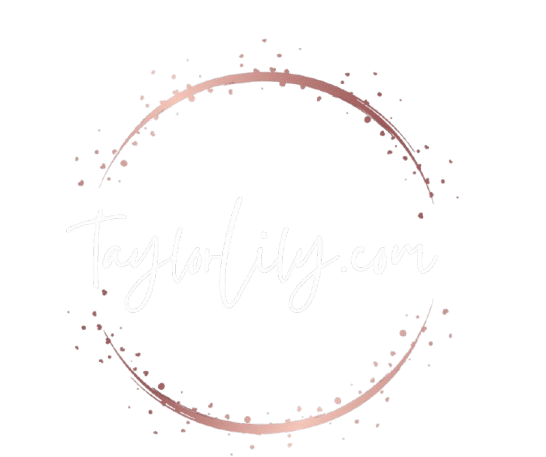Microsoft Fabric Data MeshHey there, tech enthusiasts! It’s your girl Lilly here, and I’m excited to dive into the world of Microsoft Fabric Data Mesh. As a 24-year-old blogger, I’m always on the lookout for the latest trends and innovations in the tech industry. And, let me tell you, Microsoft Fabric Data Mesh is one of the most exciting topics out there right now.So, what is Microsoft Fabric Data Mesh, you ask Well, it’s a relatively new concept that’s been gaining traction in the tech community. In simple terms, it’s a way for organizations to manage and integrate their data across different systems, applications, and teams. Think of it like a fabric that weaves together different data sources to create a seamless and cohesive experience.But, why would someone search for Microsoft Fabric Data Mesh in the first place Well, it’s likely because they’re looking for a solution to their data management woes. Maybe they’re tired of dealing with siloed data, or struggling to integrate different systems. Whatever the reason, Microsoft Fabric Data Mesh is here to help.So, what are the benefits of Microsoft Fabric Data Mesh Here are a few key points to consider Improved data integration Microsoft Fabric Data Mesh allows organizations to integrate their data across different systems, applications, and teams. This means that data is no longer siloed, and teams can access the information they need to make informed decisions. Enhanced data governance With Microsoft Fabric Data Mesh, organizations can establish clear data governance policies and procedures. This ensures that data is accurate, reliable, and secure. Increased agility Microsoft Fabric Data Mesh enables organizations to respond quickly to changing business needs. By integrating data across different systems, teams can access the information they need to make rapid decisions. Better decision-making With Microsoft Fabric Data Mesh, organizations can make data-driven decisions. By integrating data across different systems, teams can access the information they need to make informed decisions.But, how does Microsoft Fabric Data Mesh work, you ask Well, it’s actually quite simple. Here’s a high-level overview Data sources Microsoft Fabric Data Mesh connects to different data sources, such as databases, applications, and files. Data processing The data is then processed and transformed into a standardized format. Data storage The processed data is then stored in a centralized repository. Data access Finally, the data is made available to authorized users and teams.Now, I know what you’re thinking – Lilly, this all sounds very technical and complicated. And, you’re right, it can be. But, trust me, Microsoft Fabric Data Mesh is worth the investment. By integrating data across different systems, organizations can improve their decision-making, increase agility, and enhance data governance.So, what can you do to get started with Microsoft Fabric Data Mesh Here are a few tips Start small Begin by integrating a few key data sources and systems. Identify your data Take the time to identify your most critical data sources and systems. Establish data governance Develop clear data governance policies and procedures. Monitor and adjust Continuously monitor your data integration efforts and make adjustments as needed.And, that’s it! I hope this post has given you a better understanding of Microsoft Fabric Data Mesh. If you found this post helpful, I’d really appreciate it if you could do me a solid and buy me a coffee (https://gofundme/f40c797c). Your gift can be the catalyst for change, empowering me to continue sharing value with you.

Tech
how to search for archived emails in outlook – TaylorLilly.com
Learn how to search for archived emails in Outlook with ease, and never miss a crucial message again Discover the simple steps to find and retrieve archived emails in this stepbystep guide







